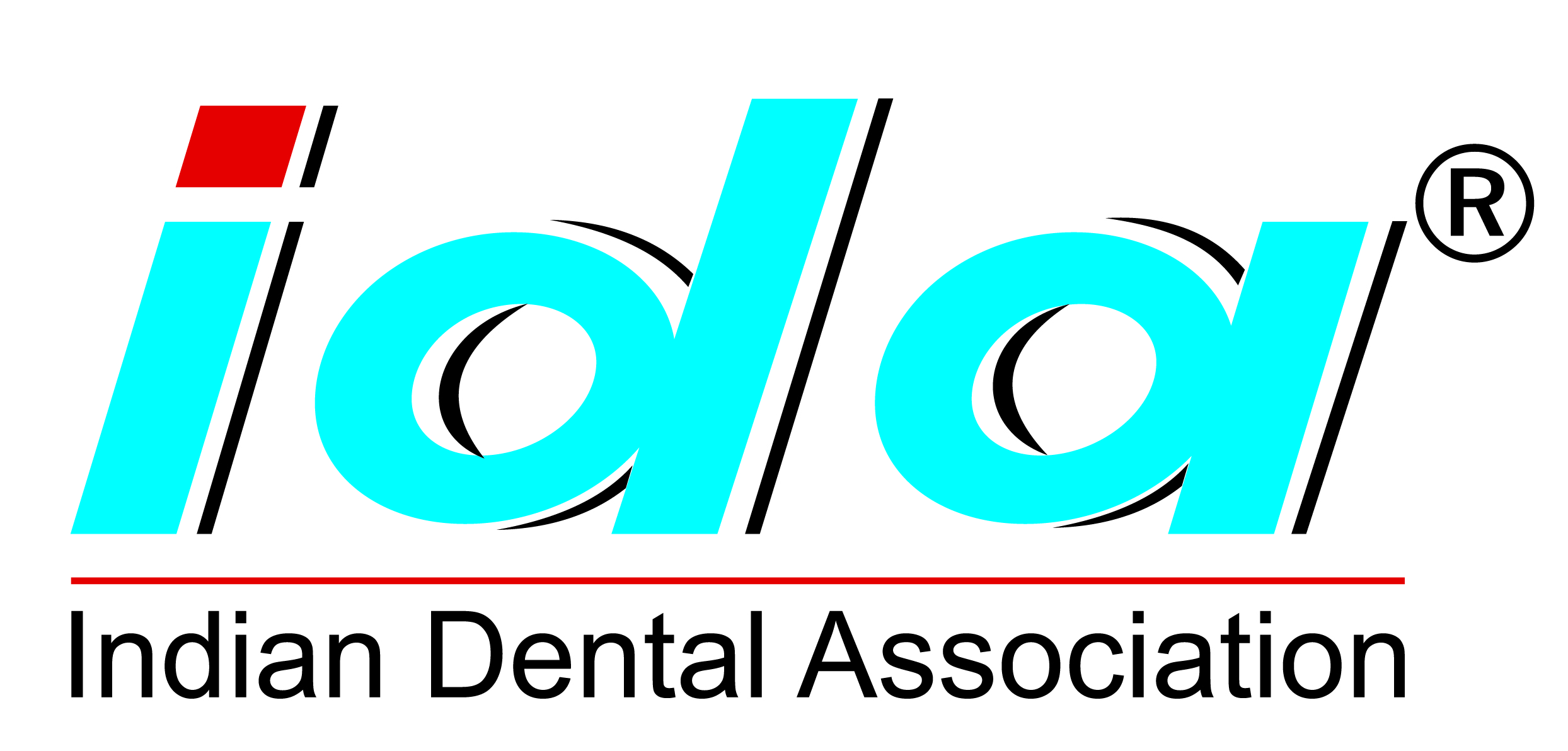Crooked teeth are probably more problematic than a caried tooth. There are a number
of factors associated with the development of crooked teeth. Commonest of them can
be, eruption pattern of permanent teeth. The second most common factor can be tooth
loss due to dental caries which was not replaced, causing drifting and movement
of the neighbouring teeth.
Crooked teeth hamper good oral hygiene. In addition, it affects a person’s personality
on a physical, social and mental basis.
-
Childhood habits such as thumb sucking, tongue thrusting, pacifier use beyond age
3, and prolonged use of a bottle
- Extra teeth, lost teeth, impacted teeth, or abnormally shaped teeth
- Ill-fitting dental fillings, crowns, appliances, retainers, or braces
- Misalignment of jaw fractures after a severe injury
- Tumors of the mouth and jaw
The disorder is classified as per Edward Angle classification. It is based on the
relation between maxillary and mandibular first molars. According to the classification,
mesiobuccal cusp of the upper first molar should rest on the mesiobuccal cusp of
the lower first molar. Any variations in this would result in malocclusions. Left
and right sides are classified under different classes.
-
Here the molar relationship of the occlusion is normal but the other teeth have
problems like spacing, crowding, over or under eruption, etc.
-
Under this, the upper molars are placed anteriorly instead of in the mesiobuccal
cusp. These are of two types:
- Division 1: The anteriorteeth protrude in this section.
-
Division 2: The central teeth are retroclined and lateral teeth are
overlapping the centrals.
-
This type occurs when the lower front teeth are more prominent than the upper front
teeth. Most malocclusions can only be treated by orthognathic surgery.
- Braces with wire, brackets and elastics.
- Aligners
- Clear brackets with white wires or cosmetic fixed braces
-
Self ligating brackets, using special nickel-titanium metal alloy wires and
- Invisible teeth straightening





